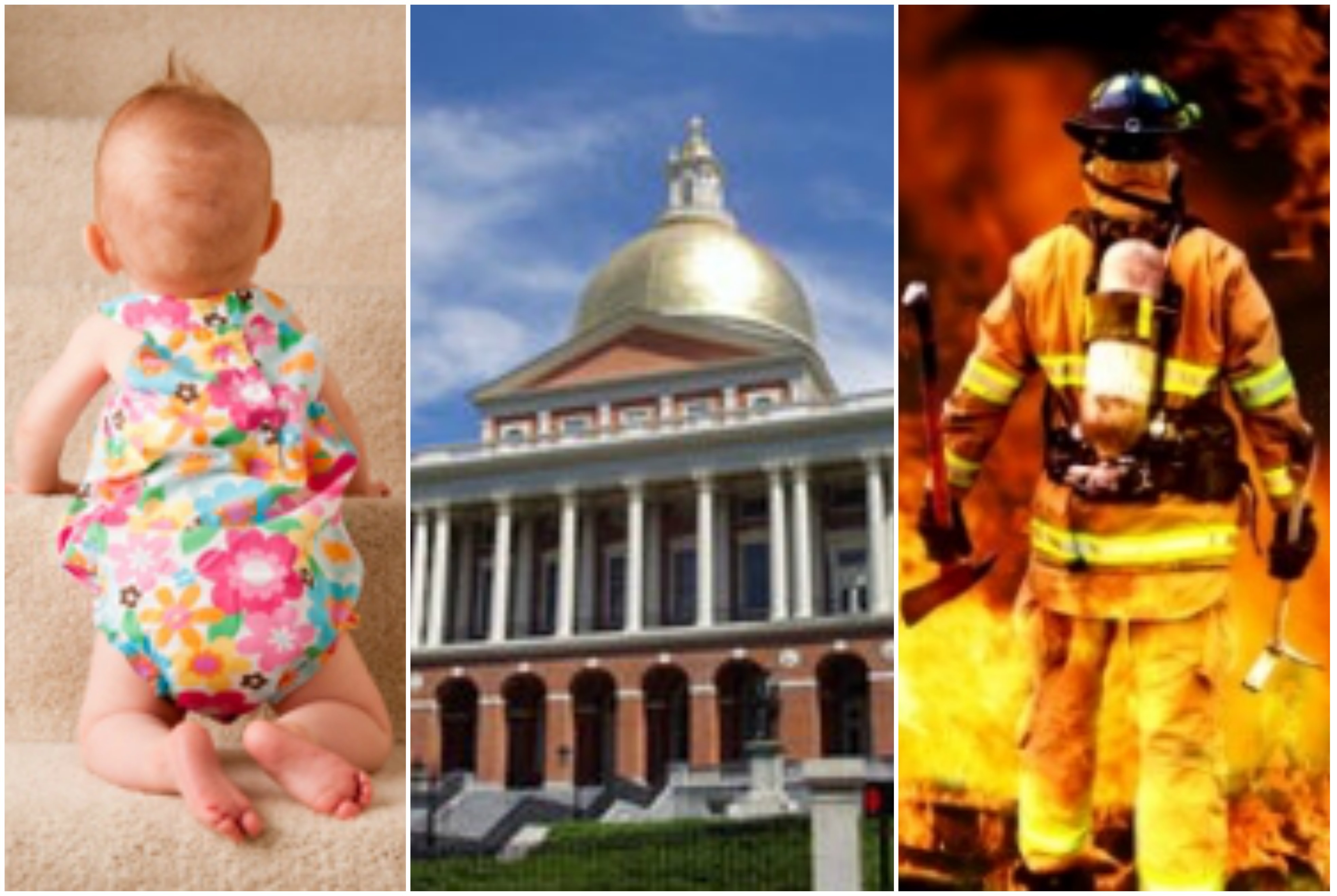
BOSTON—Today, in its first formal session since July, the Massachusetts Senate voted 38-0 to pass the Children and Firefighters Protection Act – which will ban 11 toxic flame retardants in children’s products, household furniture and more.
S.2338 An Act to protect children families and firefighters from toxic chemicals is sponsored by Senator Cynthia Stone Creem (D-Newton).
“For decades these flame retardant chemicals have been harming our children and firefighters and we now know that we don’t need them for fire safety,” said Senator Creem. “It’s time we put health first. This is not a choice between fire safety and public health – with this bill, we can have both.”
“Thank you to State Senator Cindy Creem and State Representative Marjorie Decker, who have been our champions in the legislature on this issue from the beginning,” Rich MacKinnon, Jr., president of the Professional Fire Fighters of Massachusetts said. “Firefighters are being diagnosed with cancer at an alarming rate; since this bill was first passed by the legislature nine months ago, three Massachusetts firefighters have died from cancer and dozens have been diagnosed. This law will be one more arsenal in our toolbox in protecting ourselves from harmful carcinogens. We’re thankful to Clean Water Action and all of the organizations that have been our partners on this issue and ask that the House pass this bill and Governor Baker sign this bill into law swiftly.”
A companion bill, H.3550, sponsored by Representative Marjorie Decker (D-Cambridge) is pending before the House Ways and Means Committee.
“I am proud that the Senate has voted to pass my partner Senator Cindy Creem’s bill to ban the use of harmful flame retardants in household goods and children’s products,” said Representative Decker. “The science is clear: flame retardant chemicals are linked to cancer, developmental problems for young children, and negative behavioral health outcomes. We also know that these same chemicals only make fires more deadly. This is why I have continued to file a similar bill in the House. I am grateful for the tremendous work that Senator Creem has done under the leadership of Senate President Karen Spilka to bring this bill through successful passage. I look forward to the House taking up this legislation.”
The bills will ban 11 toxic flame retardants in children’s products, household furniture, bedding, carpeting and window coverings. They will also give the Department of Environmental Protection the authority to ban additional flame retardant chemicals in those products if those chemicals pose a health threat. Passage of this bill would make Massachusetts the 13th state to ban one or more toxic flame retardant chemicals.
“Thank you to Senate President Spilka, Senator Creem, and Chairman Rodrigues for leading the Senate to take swift action to protect children and firefighters,” said Elizabeth Saunders, Massachusetts Director for Clean Water Action. “We look forward to working with the House to send this bill to the Governor’s desk soon, and we call on Governor Baker to stand with children and firefighters by supporting the bill this session.”
The Children and Firefighters Protection Act was enacted by the legislature on January 1st, 2019, at the very end of the previous legislative session, but Governor Baker declined to sign the legislation—effectively vetoing it. The bill was re-filed in the House and Senate, and both bills received a favorable report from the Public Health Committee in June and by the Senate Ways and Means Committee on Monday of this week.
“Research shows exposure to flame retardant chemicals has been linked with a host of health problems including impaired brain development, reproductive problems, and cancers,” said Kathryn Rodgers, Staff Scientist at the Silent Spring Institute. “What's more, they are not necessary—manufacturers can address fire safety without the use of toxic chemicals.”
Extensive research has demonstrated that these chemicals do not stop fires from occurring in real world conditions and they create more toxic, dangerous smoke when they burn. However, they are often added to highchairs, car seats, nursing pads, carpet pads, electronic equipment (including toys), and many more common household products. These chemicals do not stay in the products; chemicals slowly leak out of products over time, particularly out of foam items, into air and house dust, and ultimately into our bodies. Babies and toddlers have higher levels of flame retardant chemicals in their blood—up to six times higher— and children’s developing bodies are much more vulnerable to the health risks associated with flame retardant exposure than adults.
Firefighters are exposed to flame retardants when they go into burning buildings. When the chemicals burn, they create toxic smoke and soot, contributing to the high rate of cancer among firefighters. Firefighters, public health organizations, medical professionals, parent groups, environmental advocates, and others have been pushing since 2013 to ban them.
###
The Alliance for a Healthy Tomorrow is a coalition of public health, labor, environmental, civic, science and health care organizations in Massachusetts working to prevent harm to human health and the environment from toxic chemicals. www.healthytomorrow.org
The Professional Firefighters of Massachusetts (PFFM) represent more than 12,000 active and retired professional firefighters within 220 local unions from across the Commonwealth. More information about the PFFM can be found at www.pffm.org.
Since our founding during the campaign to pass the landmark Clean Water Act in 1972, Clean Water Action has worked to win strong health and environmental protections by bringing issue expertise, solution-oriented thinking and people power to the table. We will protect clean water in the face of attacks from a polluter friendly Administration. www.cleanwater.org